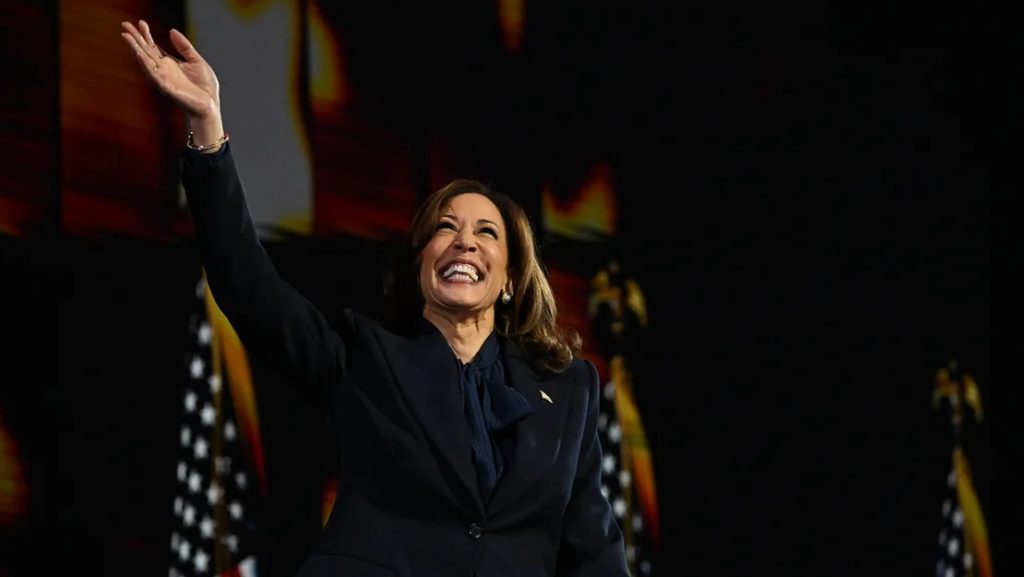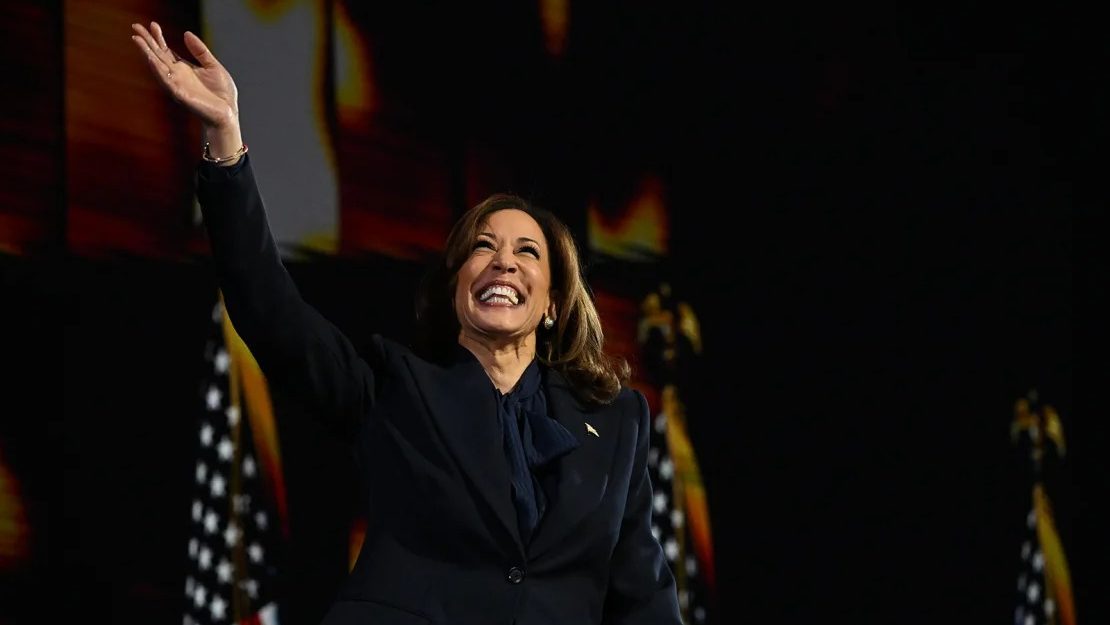In a compelling finale to the Democratic National Convention, Vice President Kamala Harris delivered a speech that resonated deeply with the party’s base, highlighting her vision for America’s future and drawing a sharp contrast with former President Donald Trump. Her address on Thursday night, filled with calls for patriotism and unity, underscored a month of intense political engagement and set the stage for the upcoming election.

Harris’s speech was not just a rallying cry for Democrats but a strategic positioning of her campaign against the backdrop of Trump’s tumultuous presidency. She employed the precise, deliberate cadence of a seasoned prosecutor, presenting a stark choice for voters between a return to the chaos of the Trump era and a future defined by progress and stability.
Key Takeaways from Kamala Harris’s Final Night Speech
- A Clear Break from Trump’s EraHarris’s central message was one of moving forward. She emphasized that the American people have an opportunity to leave behind the discord and unpredictability of Trump’s presidency. By repeatedly asserting “We are not going back,” she aimed to reassure voters that her vision for the country represents a fresh start, free from the turmoil that has characterized recent years.
- Championing Core American ValuesIn her speech, Harris painted a vivid picture of what she believes is at stake in the upcoming election. She framed the choice as a battle between democracy and tyranny, positioning her campaign as a defender of foundational American values. By invoking themes of freedom and safety, she sought to connect with voters on both a personal and ideological level.
- Personal Reflections and BackgroundHarris’s speech also offered a more intimate glimpse into her personal history. She recounted stories of her childhood and family, including the influence of her mother and the challenges she faced growing up. These personal anecdotes not only humanized Harris but also underscored her resilience and commitment to public service. Her recollections about her mother’s struggles and her own experiences with injustice added a layer of authenticity to her narrative.
- A Contrast with Trump’s RecordHarris did not shy away from addressing Trump directly. She highlighted his legal troubles, criticized his handling of issues like abortion rights, and reminded the audience of the “chaos and calamity” of his presidency. Her critique was sharp and pointed, aimed at undermining Trump’s credibility and presenting a compelling case for why a change in leadership is necessary.
- Reinforcing Her Policy StanceBeyond attacking Trump, Harris used her platform to outline her policy priorities. She described her approach as “realistic, practical, and commonsensical,” presenting herself as a pragmatic leader ready to tackle pressing issues. Her focus on foreign policy and domestic concerns illustrated a balanced approach, intended to counter Trump’s characterization of her as overly liberal.
- Endorsements from AlliesTo bolster her credentials, Harris’s final night featured endorsements from notable figures who praised her track record. From her work as a prosecutor to her tenure as California’s Attorney General, these endorsements highlighted her commitment to justice and reform. Allies like Amy Resner and Lisa Madigan spoke to her dedication and effectiveness, reinforcing her image as a leader with both experience and empathy.
- A Vision of Unity and ProgressHarris’s address was also a call for unity. By focusing on themes of freedom and resilience, she sought to inspire hope and mobilize voters. Her vision for America was one of inclusivity and progress, contrasting sharply with the divisive rhetoric often associated with the Trump administration.
- The Path Forward to NovemberWith the Democratic National Convention concluding, Harris’s speech set the tone for the final stretch of the campaign. The contrast between her vision and Trump’s record will likely dominate the political discourse as the election approaches. The upcoming debates and campaign activities will further define the choices before voters and shape the direction of the national conversation.


